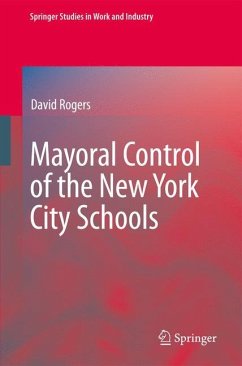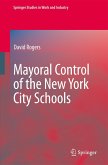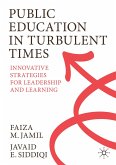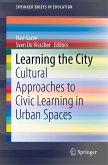This book examines the political dynamics of the governance overhaul and how the management styles of Mayor Bloomberg and School Chancellor Klein affect its design and implementation in the Mayor's first term. The trend toward mayoral governance is happening in other large cities, stimulated in part by business leaders, mayors, and states concerned about how the schools contribute to declining global competitiveness and chronic social and economic problems of inner cities.
This is a book about the ambitious reform strategy known as mayoral control ini- ated to transform the dysfunctional system of urban education in the United States. I use the term dysfunctional to refer to the inability of urban school districts over the past 50 years to reduce the learning gap between poor students and their middle class peers, despite a host of reform efforts including desegregation, compensatory programs, and decentralization. Since the mid-1990s, the idea of mayoral control has generated considerable interest. Several large cities have introduced it such as Boston, Chicago, Cleveland, Detroit, Baltimore, and Washington (Henig and Rich 2004; Wong et al. 2007). Although the latter have completed a quantitative study of mayoral control's impact on student performance in over 100 cities, a case study of the New York experience nevertheless illuminates the capacity of this tool for transforming urban education. Because of the size of the NYC system - roughly 1.2 million students - and its economic, social, and ethnic diversity, it faces the myriad problems of urban edu- tion writ large that impede efforts to implement change in these schools.
This is a book about the ambitious reform strategy known as mayoral control ini- ated to transform the dysfunctional system of urban education in the United States. I use the term dysfunctional to refer to the inability of urban school districts over the past 50 years to reduce the learning gap between poor students and their middle class peers, despite a host of reform efforts including desegregation, compensatory programs, and decentralization. Since the mid-1990s, the idea of mayoral control has generated considerable interest. Several large cities have introduced it such as Boston, Chicago, Cleveland, Detroit, Baltimore, and Washington (Henig and Rich 2004; Wong et al. 2007). Although the latter have completed a quantitative study of mayoral control's impact on student performance in over 100 cities, a case study of the New York experience nevertheless illuminates the capacity of this tool for transforming urban education. Because of the size of the NYC system - roughly 1.2 million students - and its economic, social, and ethnic diversity, it faces the myriad problems of urban edu- tion writ large that impede efforts to implement change in these schools.








